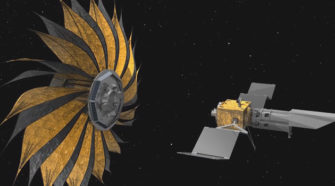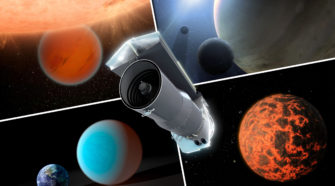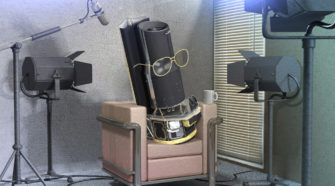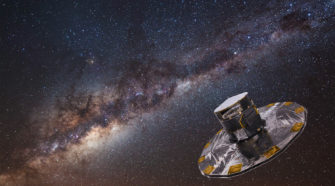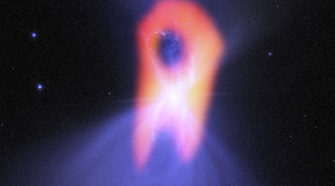Milky Way
Space sunflower may help telescopes snap pictures of planets
A spacecraft that looks like a giant sunflower might one day be used to acquire images of Earth-like rocky planets around nearby stars. The prototype deployable structure, called a starshade, is being developed by NASA’s Jet Propulsion Laboratory in Pasadena, Calif. The hunt is on for planets that resemble Earth in size, composition and temperature. Rocky …
How engineers revamped Spitzer to probe exoplanets
Passing its 10th anniversary, NASA’s Spitzer Space Telescope has evolved into a premier observatory for an endeavor not envisioned in its original design: the study of worlds around other stars, called exoplanets. While the engineers and scientists who built Spitzer did not have this goal in mind, their visionary work made this unexpected capability possible. …
Spitzer: Not a politician; Not a carbonated beverage
Most blog readers are no doubt familiar with the world of space telescopes. But have you ever gone to your friends and asked them what comes to mind when they hear the word “Spitzer?” Chances are, they will ask if you are referring to a certain politician… Or maybe a carbonated beverage. Now is the …
Liftoff for ESA’s billion-star surveyor
ESA’s Gaia is destined to create the most accurate map yet of the Milky Way. By making accurate measurements of the positions and motions of 1% of the total population of roughly 100 billion stars, it will answer questions about the origin and evolution of our home Galaxy. The Gaia mission blasted off the morning …
Ghostly specter haunts ‘coldest place in universe’
At a cosmologically crisp one degree Kelvin (minus 458 degrees Fahrenheit), the Boomerang nebula is the coldest known object in the universe — colder, in fact, than the faint afterglow of the Big Bang, the explosive event that created the cosmos. Astronomers using the Atacama Large Millimeter/submillimeter Array (ALMA) telescope in Chile have taken a …
‘Witch head’ brews baby stars
A witch appears to be screaming out into space in this image from NASA’s Wide-Field Infrared Survey Explorer, or WISE. The infrared portrait shows the Witch Head nebula, named after its resemblance to the profile of a wicked witch. Astronomers say the billowy clouds of the nebula, where baby stars are brewing, are being lit up …

